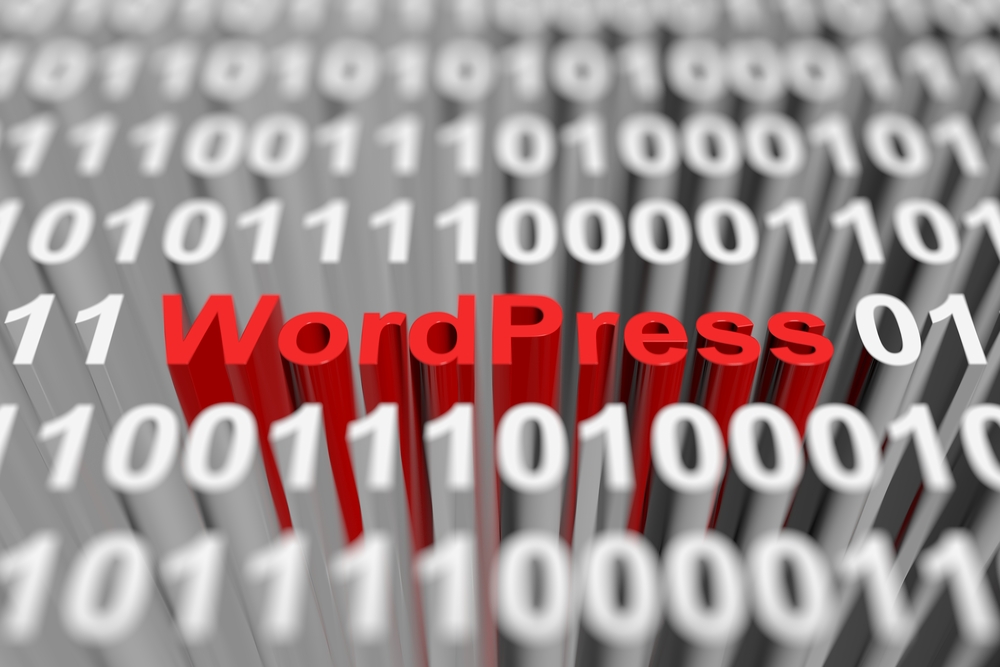
WordPress has emerged as one of the most popular content management systems (CMS) for building and maintaining websites. It offers a user-friendly interface, a wide range of themes and plugins, and a strong community support. In this article, we will explore some techniques to effortlessly customize and maintain your WordPress (or WP) website.
1. Choosing the Right ThemeSelecting the right theme is crucial for customizing your WordPress (the platform for bloggers) website. The theme determines the overall design and layout of your site. With thousands of free and premium themes available, it can be overwhelming to make a decision. Consider your website's purpose, target audience, and desired features when choosing a theme. Look for themes that are regularly updated and have positive user reviews. Customization options, such as color schemes and typography, are also important factors to consider.
2. Customizing with Plugins
Plugins extend the functionality of your WordPress website. Whether you need to add a contact form, optimize your site for search engines, or integrate with social media, there is a plugin for almost every requirement. The WordPress plugin directory offers thousands of free plugins, and premium plugins are available from third-party websites. However, installing too many plugins can slow down your website. Choose only the essential plugins and regularly update them to ensure compatibility with the latest version of WordPress (the blogging platform) .
3. Customizing Your Website's Appearance
WordPress (WP) offers a range of customization options to personalize the appearance of your website. The built-in Customizer allows you to modify the site title, tagline, logo, background image, and menu. Additionally, you can change the layout, fonts, colors, and widgets through the theme settings. For further customization, it is recommended to create a child theme. This way, you can make changes to the CSS and PHP files without affecting the original theme. A child theme ensures that your customizations are preserved when the parent theme is updated.
4. Optimizing for Performance
A fast-loading website improves user experience and search engine rankings. WordPress provides several techniques to optimize your website's performance. Firstly, choose an efficient theme that is lightweight and well-coded. Avoid themes that come with excessive features and scripts, as they can slow down your site. Secondly, use a caching plugin to generate static HTML versions of your pages and reduce server load. Additionally, optimize your images by compressing them and use a content delivery network (CDN) to serve static files from multiple servers around the world. These techniques will significantly enhance your website's speed and performance.
5. Ensuring Security and Maintenance
WordPress is continuously updated to address security vulnerabilities and introduce new features. It is essential to regularly update both WordPress core files and plugins to ensure the security and stability of your website. Enable automatic updates whenever possible to stay up-to-date with the latest versions. It is also advisable to use strong and unique passwords, regularly backup your website, and enable a security plugin to protect against malware and brute force attacks. Routinely monitor your website for any suspicious activity and remove unnecessary themes and plugins to reduce potential security risks.
Frequently Asked Questions:
1. How do I install WordPress?Installing WordPress is a straightforward process. Most web hosting providers offer a one-click WordPress installation option. Simply log in to your web hosting control panel, locate the WordPress installer, choose a domain and directory, and click "Install." Follow the on-screen instructions, and you will have WordPress up and running in minutes.
2. Can I customize my WordPress website without coding knowledge?
Absolutely! WordPress is designed to be user-friendly, allowing non-technical users to customize their websites. You can make changes to your website's appearance, layout, and content using the built-in tools and options. However, if you want more advanced customization, learning basic HTML, CSS, and PHP can be beneficial.
3. How can I improve my WordPress website's search engine rankings?
WordPress is inherently well-optimized for search engines. However, there are additional steps you can take to improve your website's visibility. Install an SEO plugin like Yoast SEO or All in One SEO Pack to easily optimize meta tags, create XML sitemaps, and improve content readability. Additionally, focus on creating high-quality, relevant content, and build external links from reputable websites.
4. Are there any security risks associated with using WordPress?
Like any other website platform, WordPress is not immune to security risks. However, by following security best practices, you can significantly reduce the chances of being compromised. Keep your WordPress core files, themes, and plugins updated, use strong passwords, regularly backup your website, and use security plugins to protect against potential threats.
5. Can I migrate my existing website to WordPress?
Yes, it is possible to migrate your existing website to WordPress. The process may vary depending on your current platform and site structure. You can use plugins like "All-in-One WP Migration" or "Duplicator" to export your current site and import it into WordPress. It is recommended to seek professional assistance or refer to detailed documentation to ensure a seamless migration.
In conclusion, WordPress offers endless possibilities for customizing and maintaining your website. With the right theme, plugins, and optimization techniques, you can create a visually appealing, high-performing, and secure website. By following best practices and staying up-to-date with WordPress updates, you can master the art of effortlessly customizing and maintaining your WordPress-powered website.
Other useful resources
- https://www.wordpress24plus.com/services/
- https://www.wordpress24plus.com/wordpress-tools-directory/wordpress-themes/
- https://en.wikipedia.org/wiki/Blog